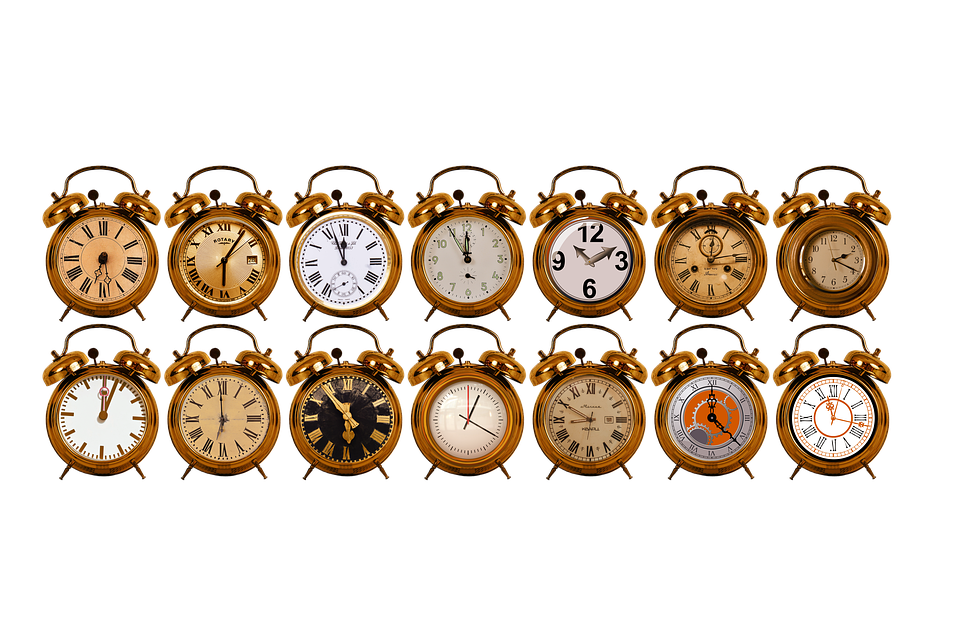Exploring the Revolutionary Potential of Polygon blockchain in the World of game art NFTs
The world of non-fungible tokens (NFTs) has been gaining tremendous momentum in recent years, with artists, collectors, and enthusiasts flocking to this new digital marketplace. NFTs have opened up avenues for artists to monetize their work in ways that were previously unimaginable. One blockchain network that has been making waves in the NFT space is Polygon.
Polygon, formerly known as MATIC Network, is a layer 2 scaling solution for Ethereum. It aims to provide faster and cheaper transactions while maintaining the same level of security and decentralization as the Ethereum network. With its low fees and high throughput capabilities, Polygon has become a popular choice for artists and creators looking to tokenize their art on the blockchain.
One area where Polygon has shown significant promise is in the world of game art NFTs. Game art has always been a highly sought-after collectible, with gamers and enthusiasts appreciating the unique visuals and aesthetics that go into creating these virtual worlds. With the advent of NFTs, game art has found a new lease of life, allowing artists to mint and sell their creations as digital collectibles.
One of the key advantages of using Polygon for game art NFTs is the scalability it offers. Ethereum, the most widely used blockchain for NFTs, has been plagued by high gas fees and network congestion. This has made it increasingly difficult for artists to create and sell their NFTs without incurring substantial costs. Polygon solves this issue by providing a faster and cheaper alternative, enabling artists to mint and sell their NFTs without breaking the bank.
Another benefit of using Polygon for game art NFTs is the vibrant ecosystem it has built. Polygon has attracted a wide range of projects, platforms, and marketplaces that are specifically tailored to the needs of game artists and collectors. These platforms offer seamless integration with Polygon, making it easier for artists to mint, showcase, and sell their NFTs. Additionally, the lower transaction costs on Polygon make it more accessible for collectors, thereby expanding the potential market for game art NFTs.
Furthermore, Polygon’s commitment to interoperability opens up exciting possibilities for game art NFTs. By bridging different blockchains and protocols, Polygon allows for seamless transfer and exchange of NFTs across various platforms. This means that game artists can tap into a global market of collectors, regardless of the blockchain they are using. Additionally, the ability to integrate with other blockchain networks also opens up avenues for cross-chain collaborations, enabling artists to create unique and immersive experiences for collectors.
In conclusion, the revolutionary potential of Polygon blockchain in the world of game art NFTs cannot be understated. Its scalability, vibrant ecosystem, and interoperability make it an ideal choice for artists and collectors alike. With Polygon, game artists can now showcase their creations to a wider audience, while collectors can explore and acquire unique digital collectibles without breaking the bank. As the NFT market continues to evolve, Polygon is poised to play a pivotal role in shaping the future of game art NFTs.

